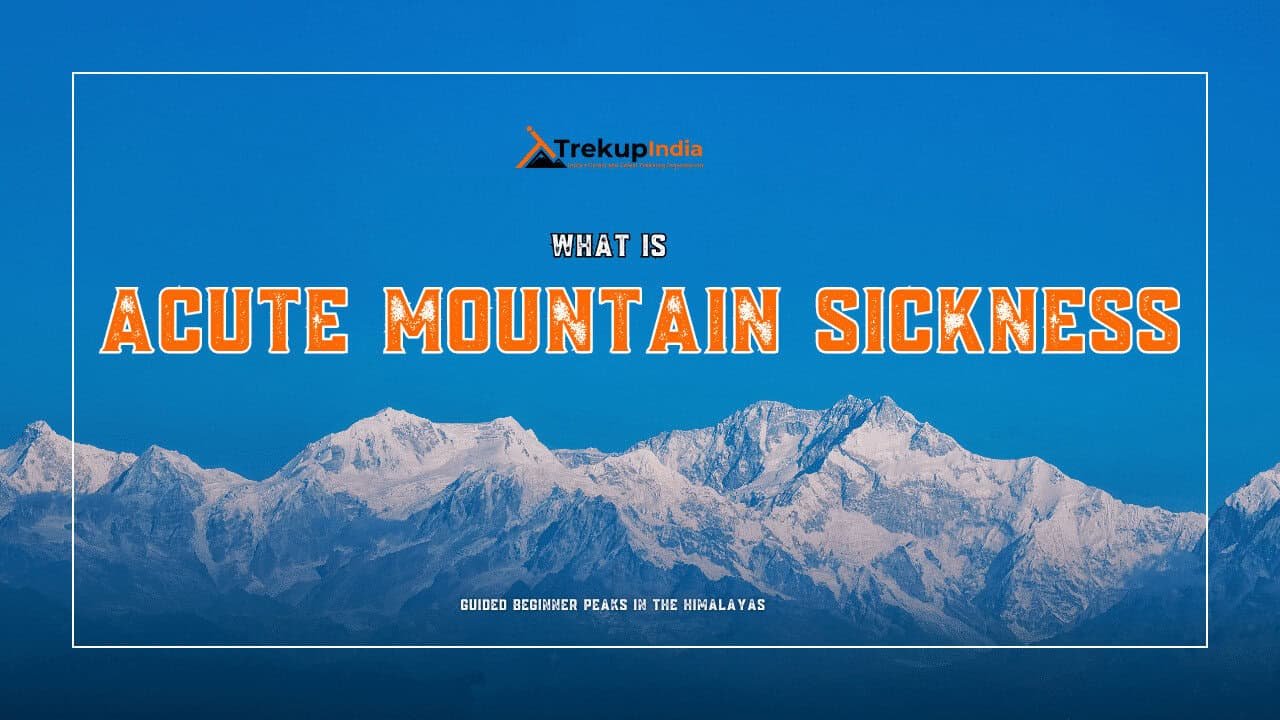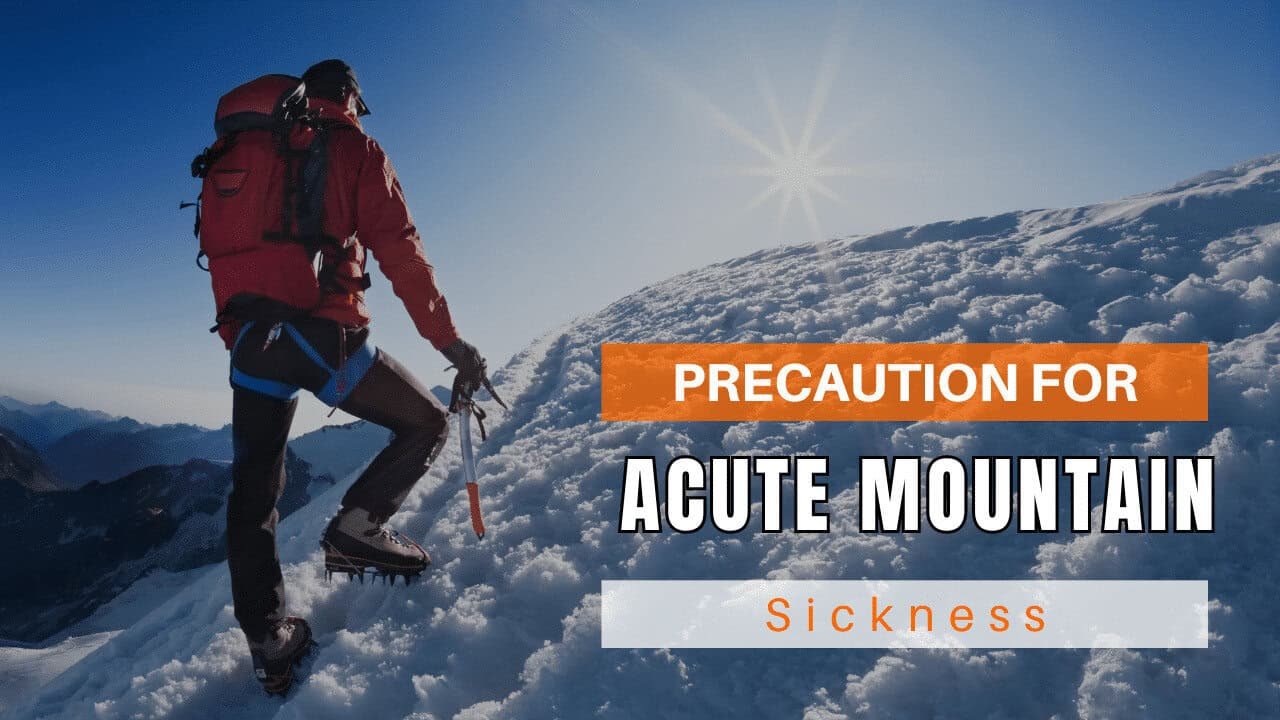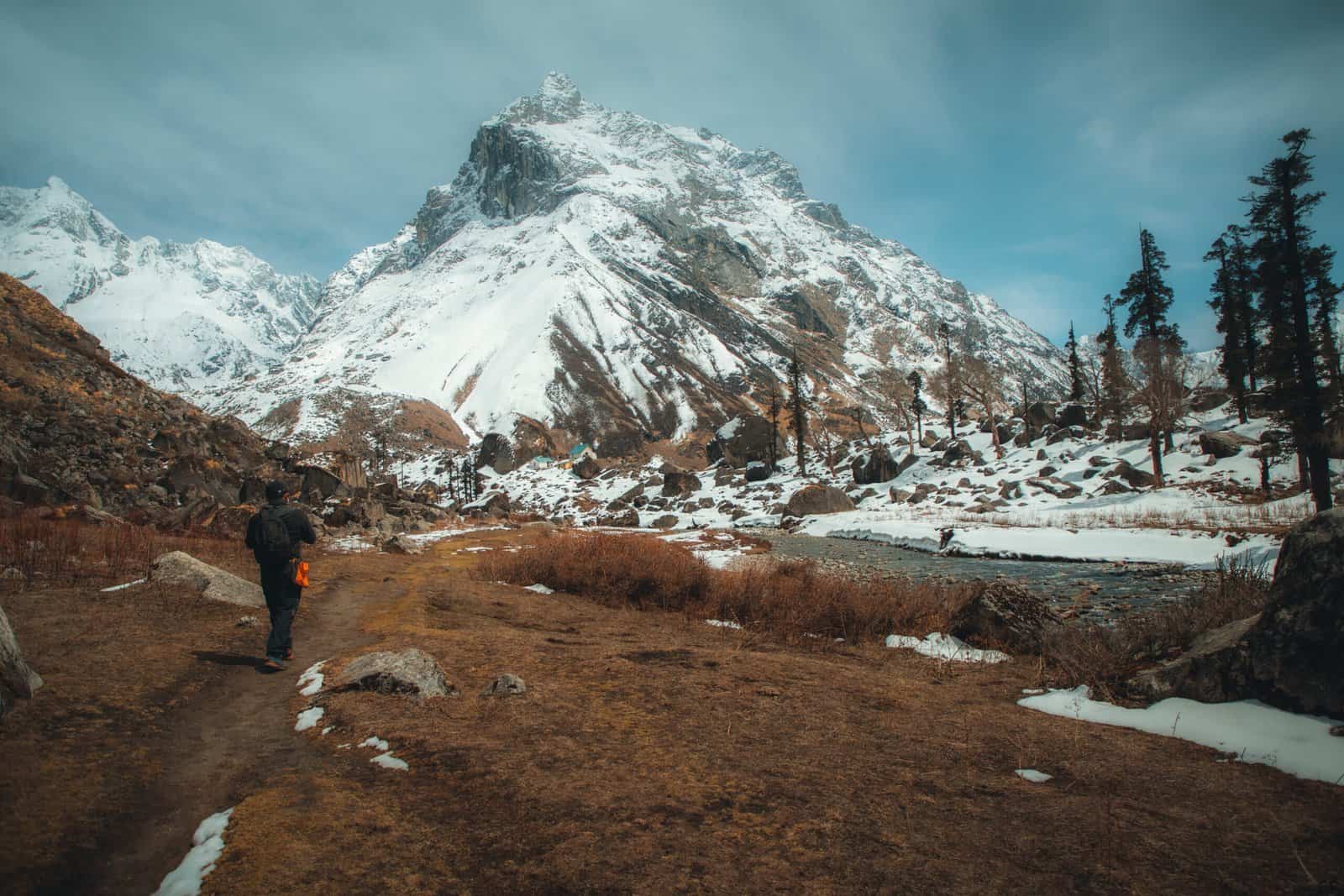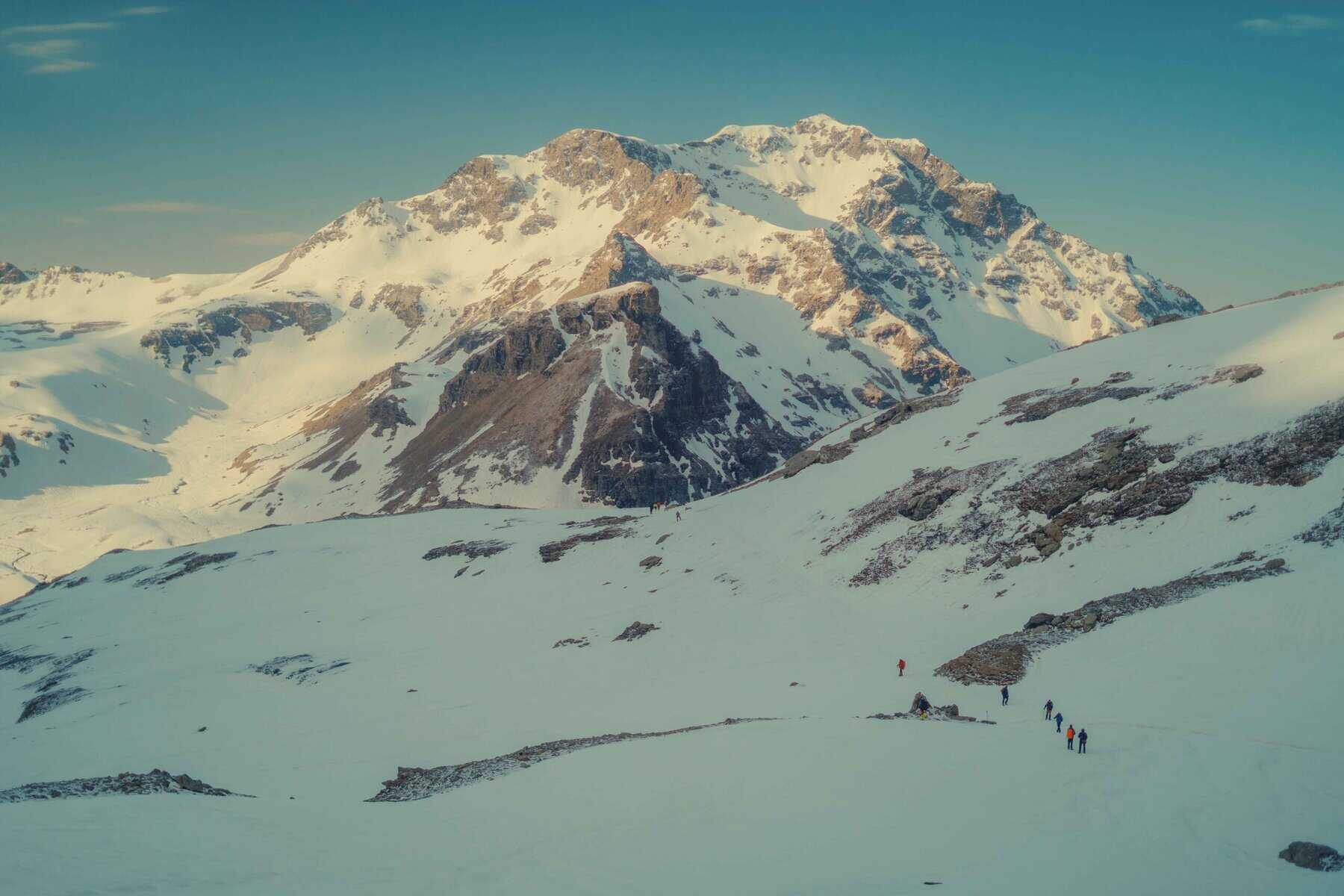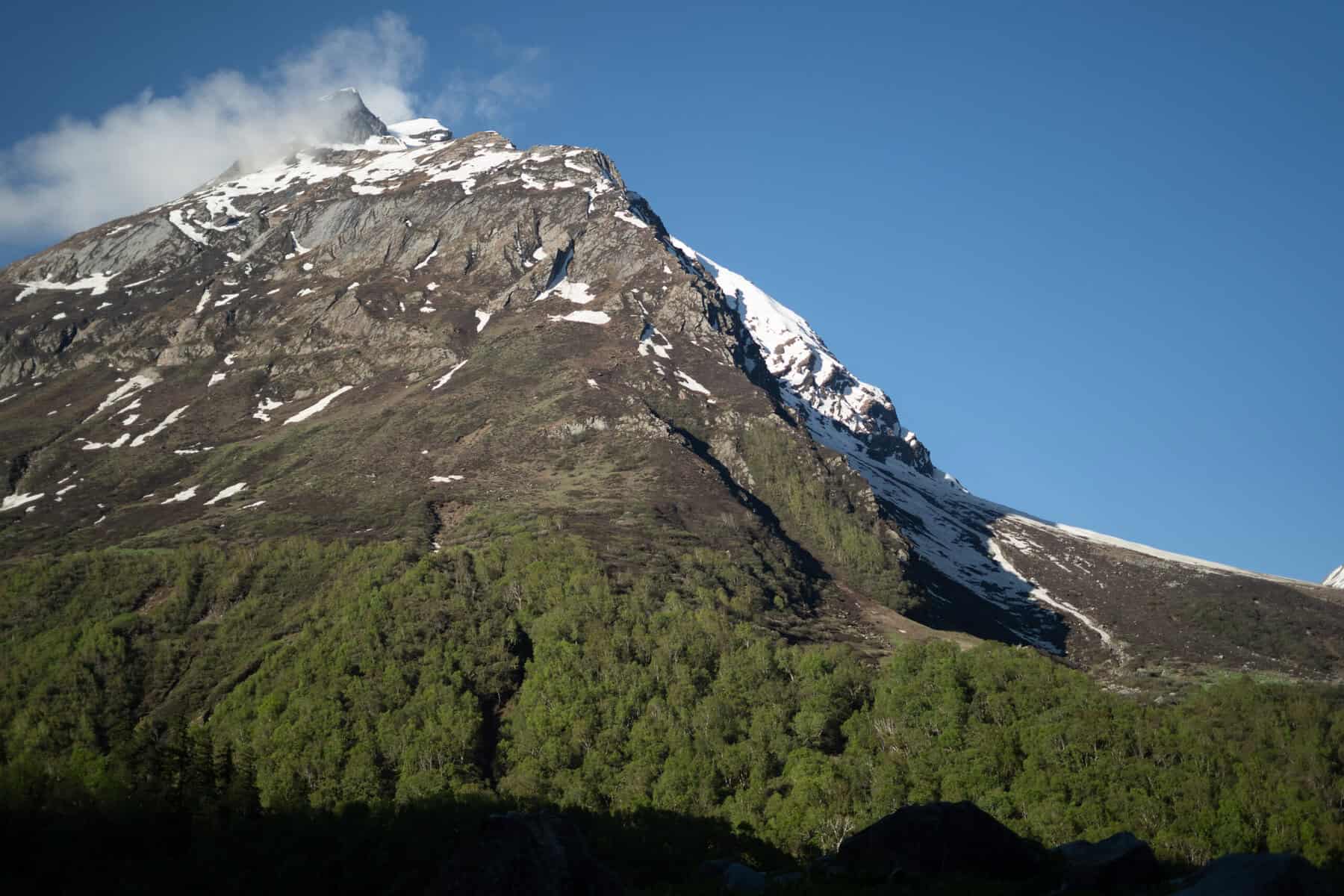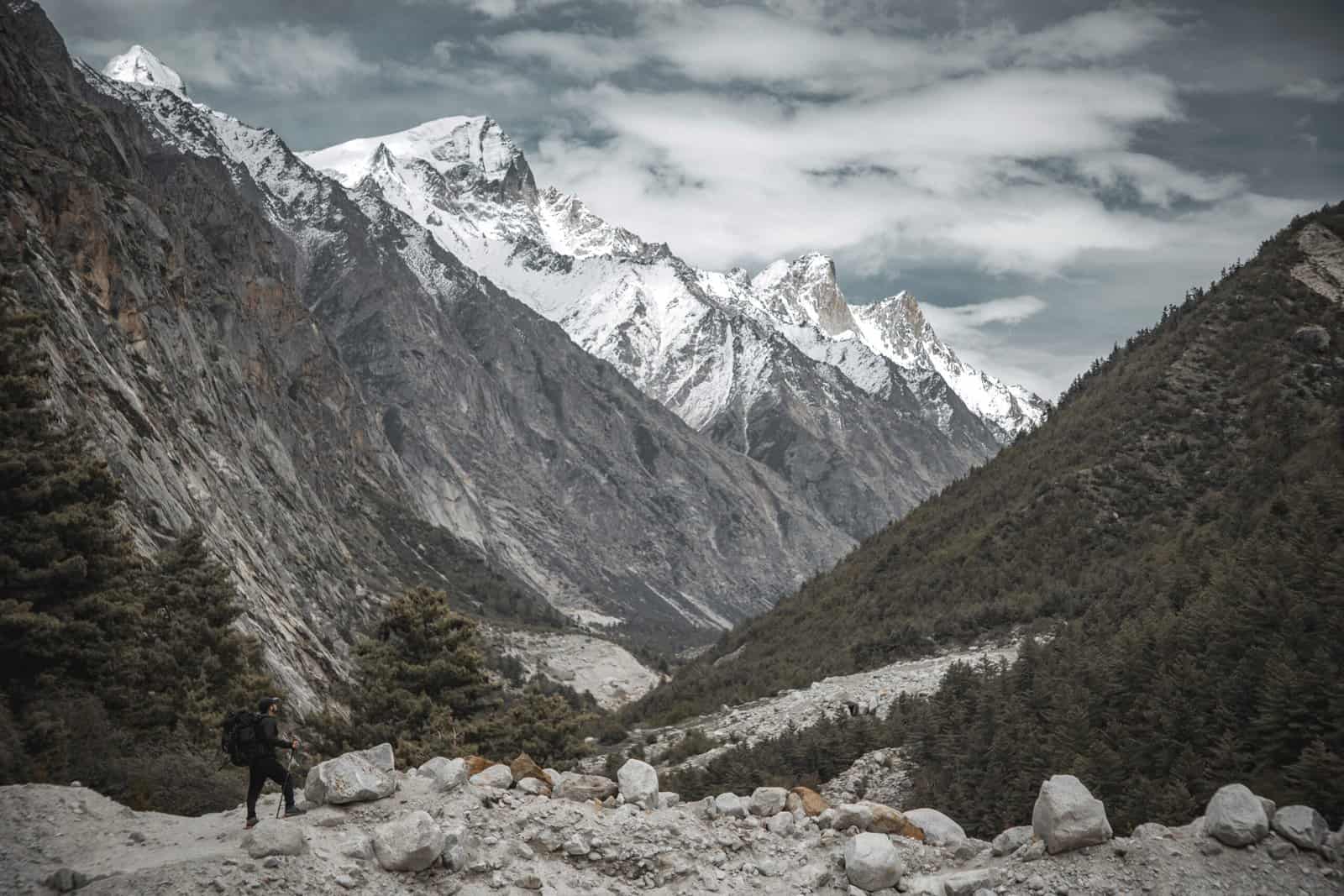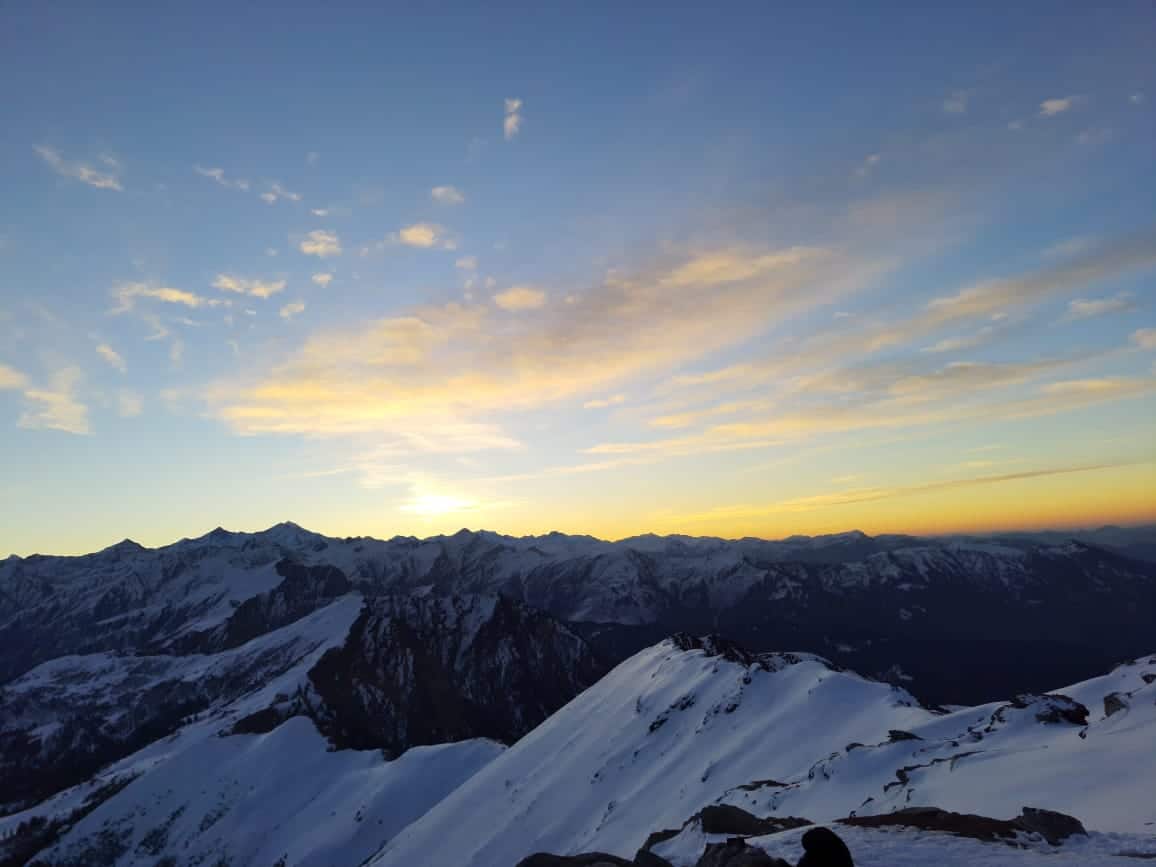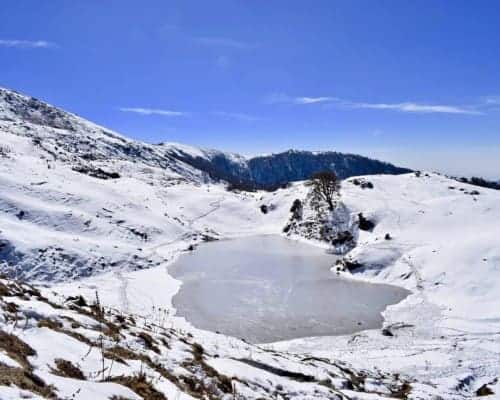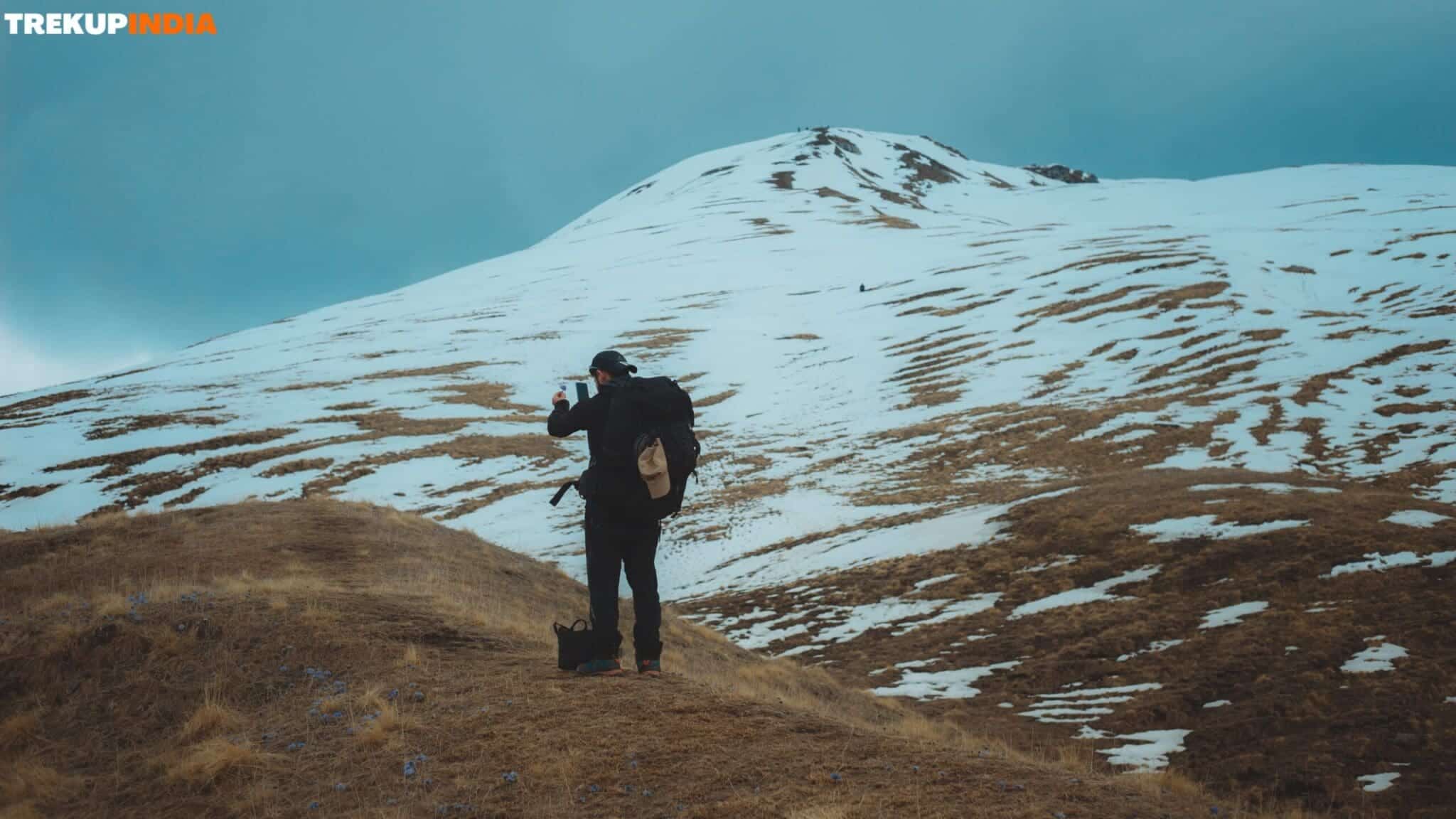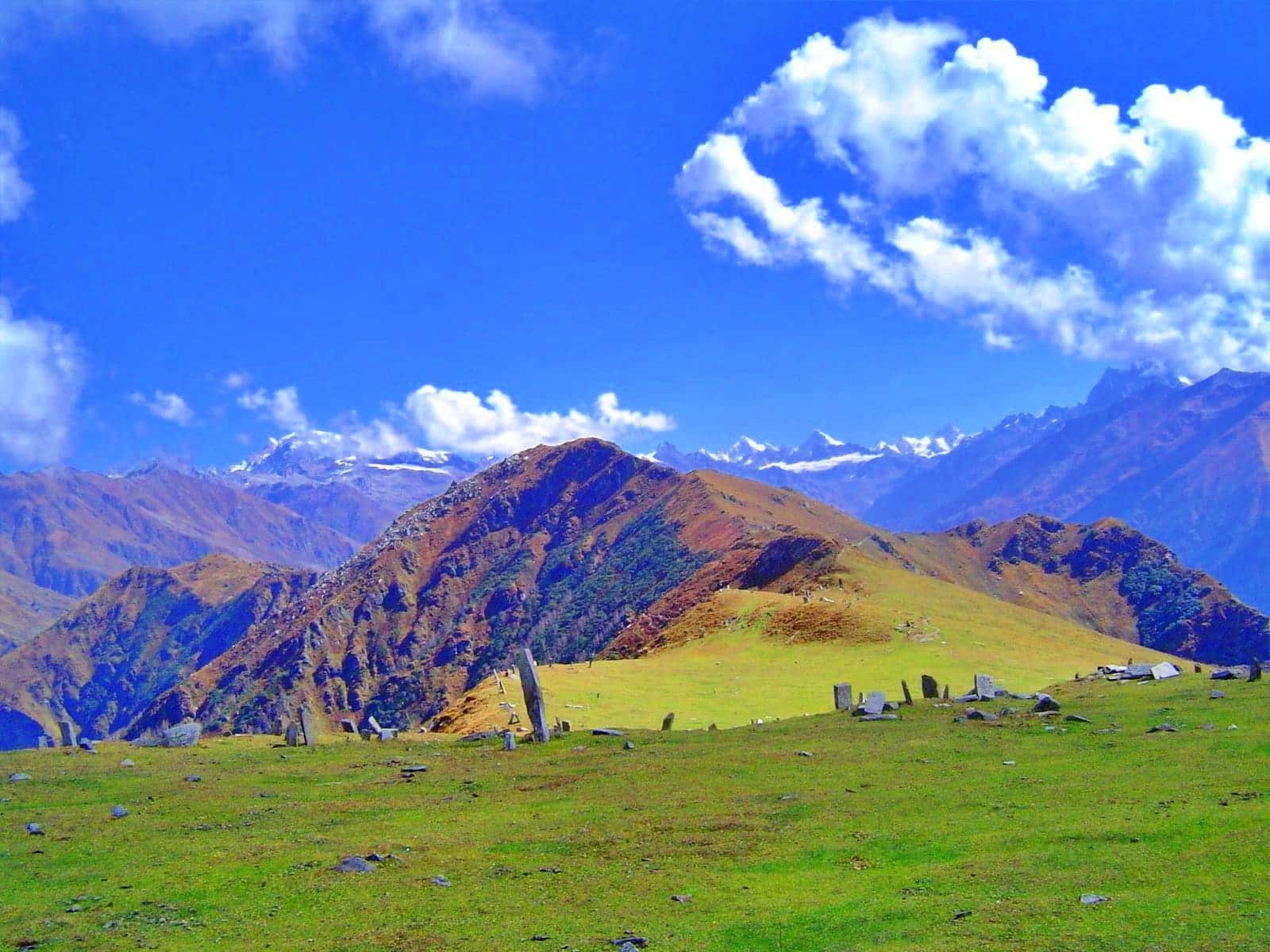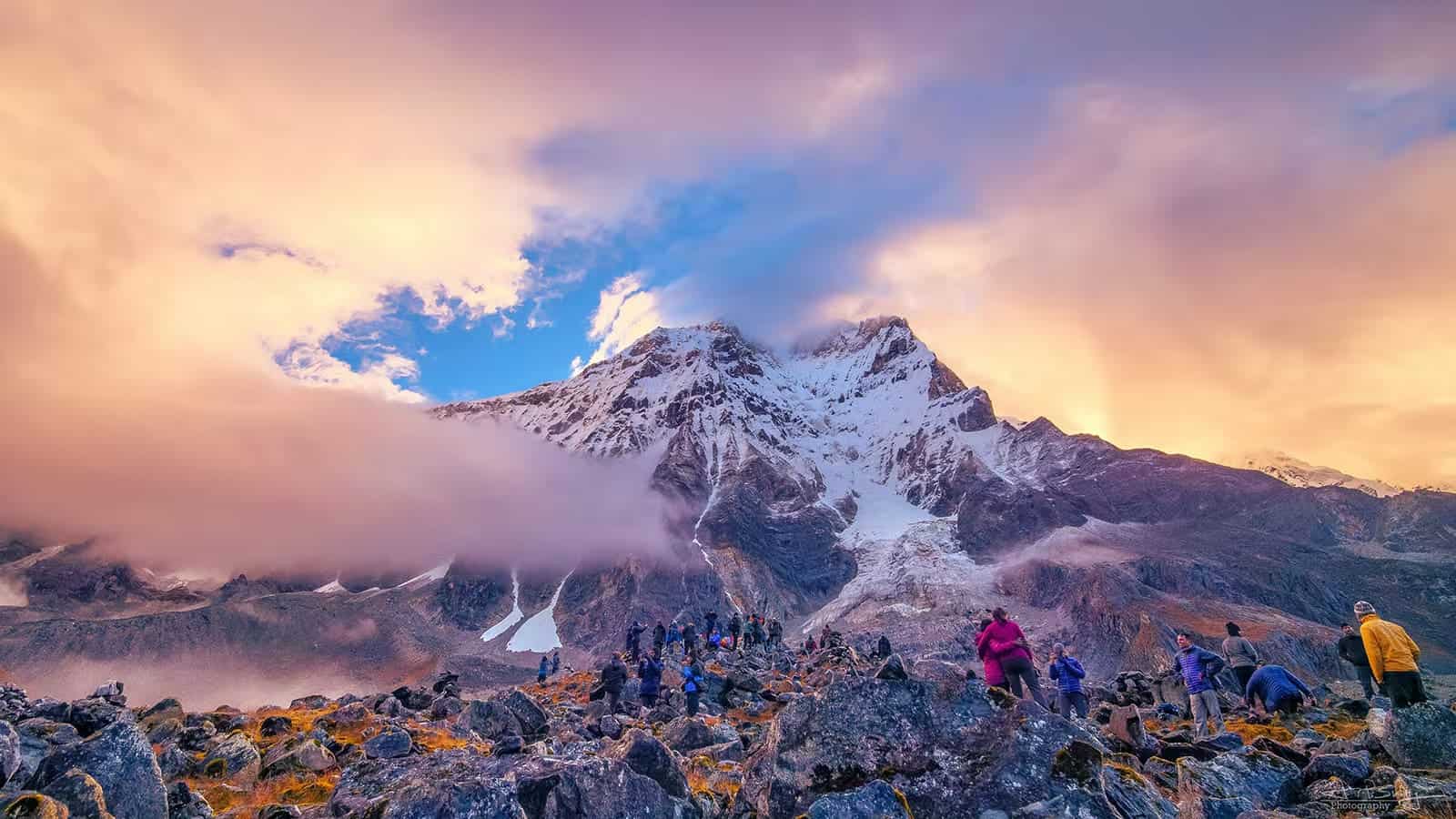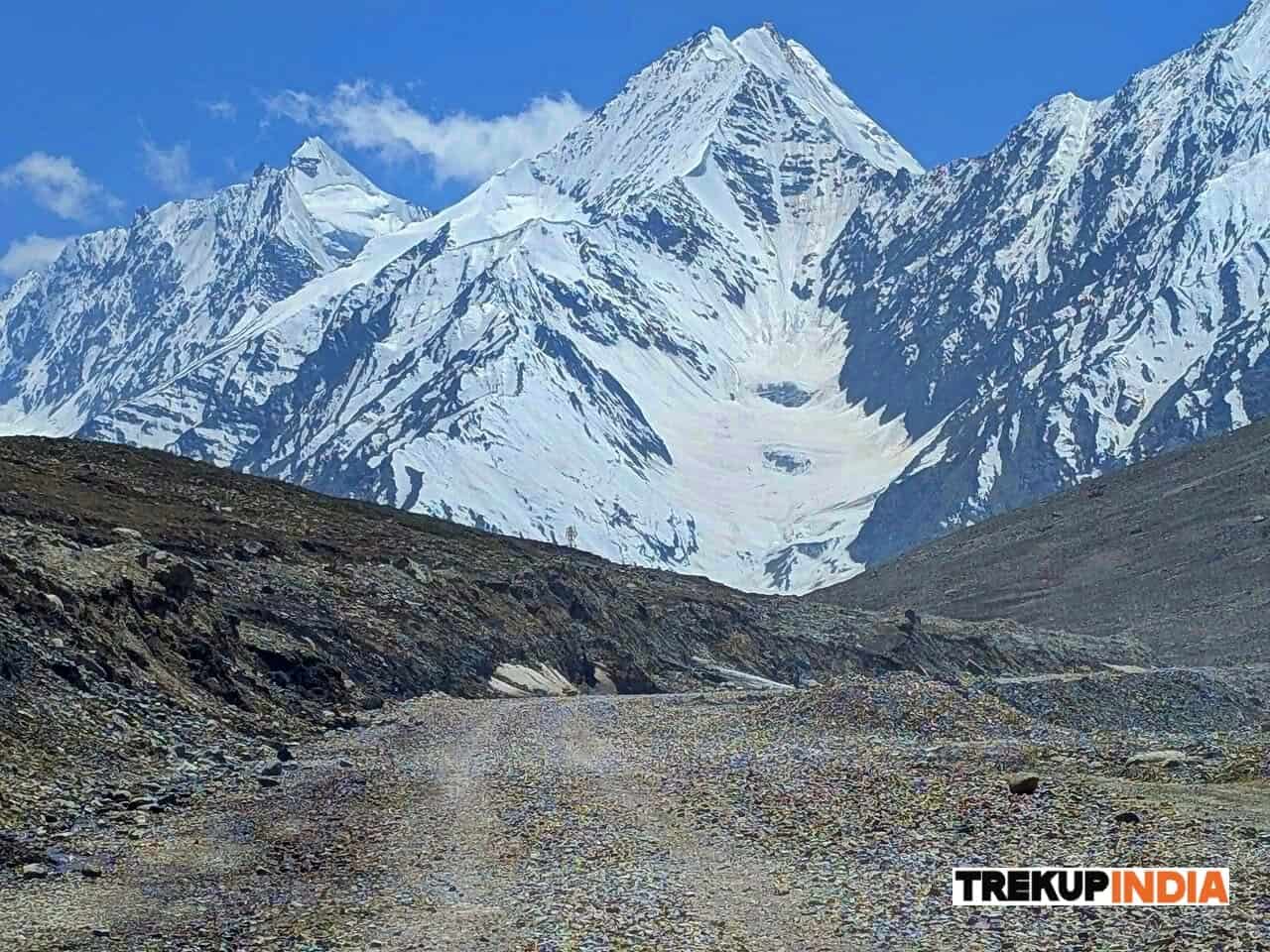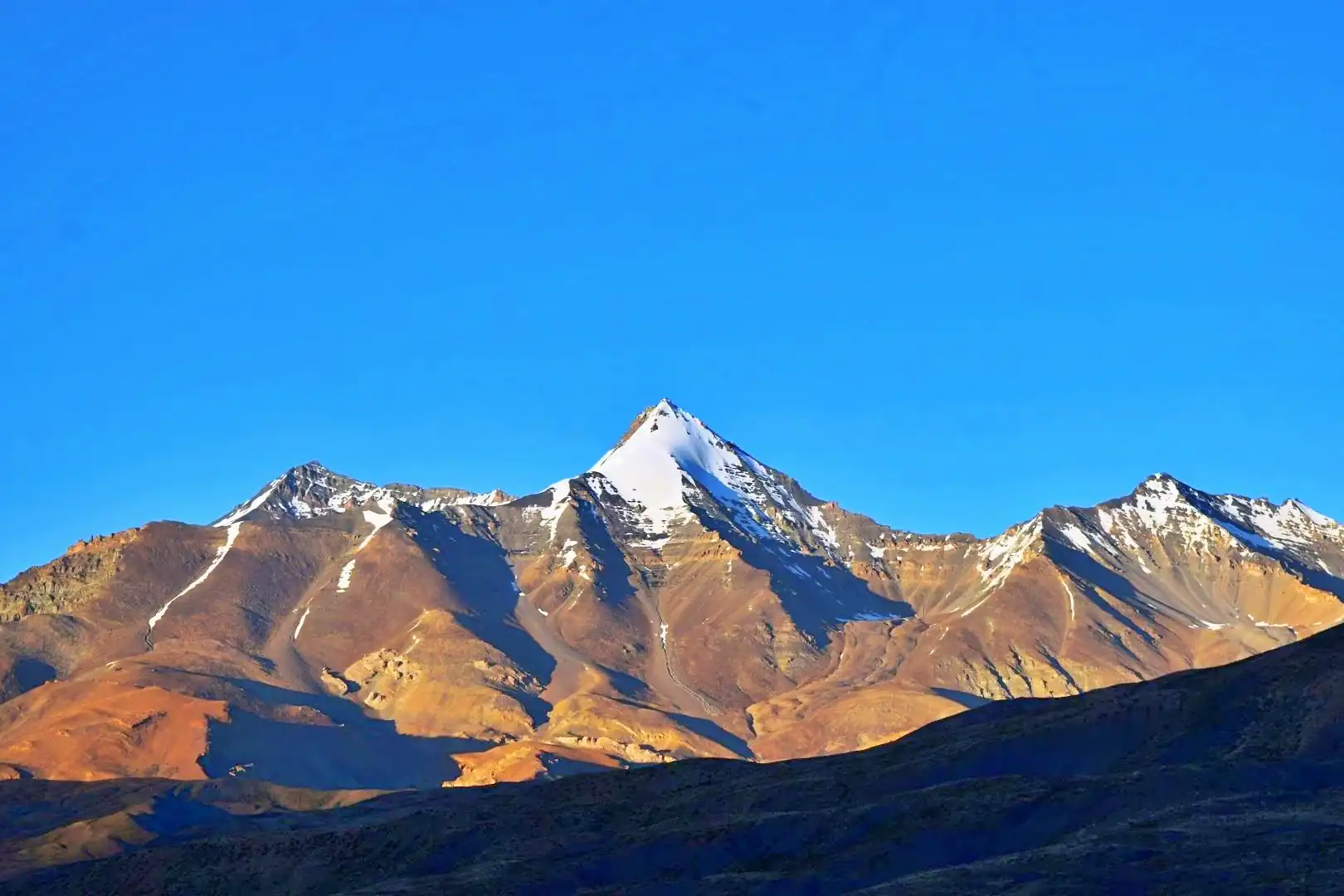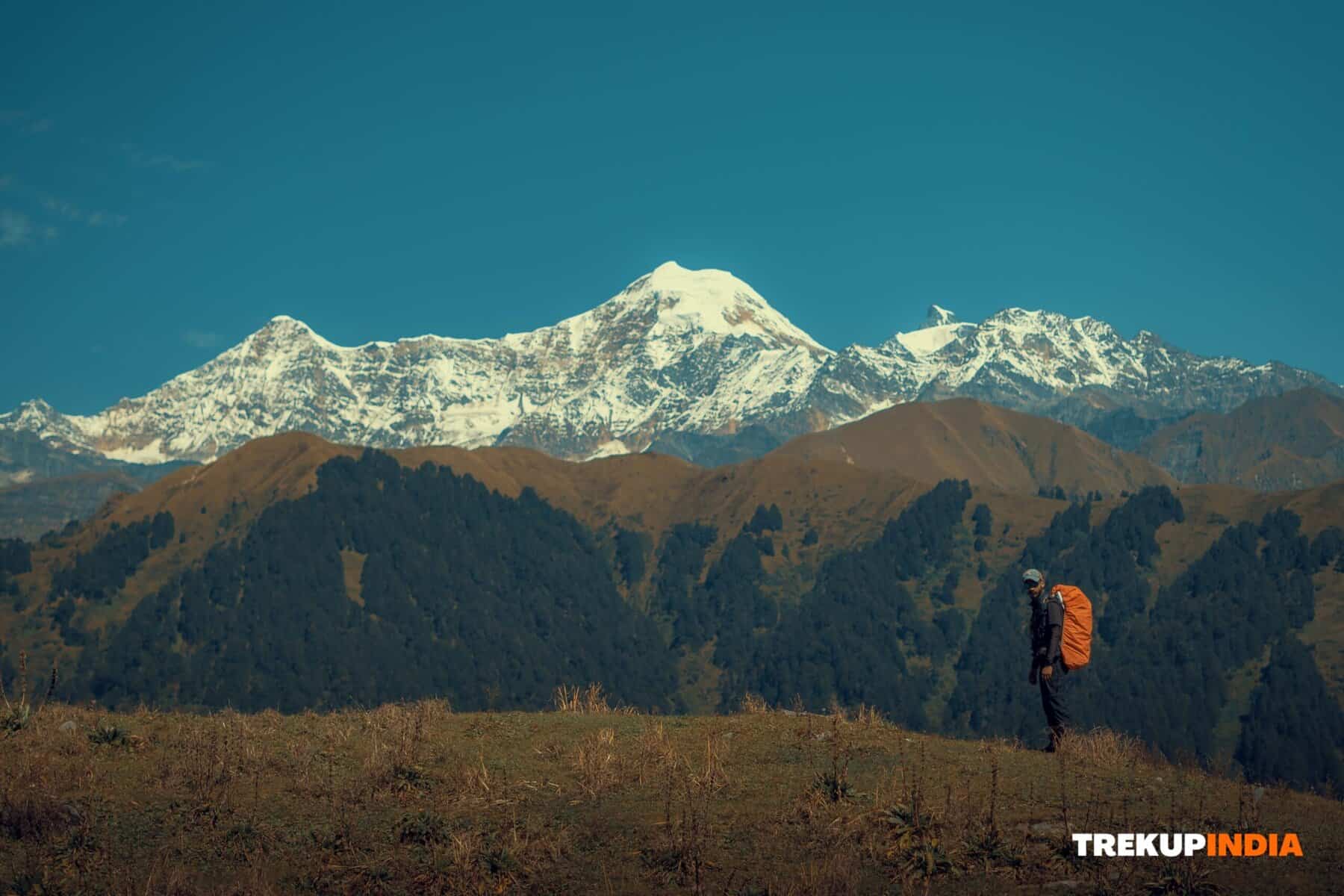Kumara Parvatha Trek
Kumara Parvatha Trek
Nestled in the Western Ghats of Karnataka, the majestic Kumara Parvatha peak towers above the landscape and beckons adventurous trekkers to conquer its challenging terrain. The foothills of the mountain are home to the revered Kukke Subrahmanya temple, a historic and culturally significant landmark that draws visitors from near and far. The temple’s surroundings are always bustling with devotees, and the energy of the place is palpable.
As you venture further, you’ll encounter the imposing Shesha Parvatha, cloaked in a dense blanket of lush green forest that stretches as far as the eye can see. The Pushpagiri Wildlife Sanctuary, home to a diverse flora and fauna, is a nature lover’s paradise. The trek to Kumara Parvatha, also known as the Kumara Parvatha trek, begins here, winding through the forest and up the mountain.
At an elevation of slightly more than 1,700 meters (approximately 5,600 feet), Kumara Parvatha is the second-highest peak in Kodagu district and the fourth-highest peak in Karnataka. The trek is demanding, covering 22 kilometers over two days, and is recommended for intermediate to experienced trekkers.
But the challenges of the trek are well worth it, as the trail offers a diverse range of landscapes, including dense forests, vast grasslands, and even a picturesque waterfall. The Kumara Parvatha trek is a true adventure that will leave you with unforgettable memories and a sense of accomplishment. So, get ready to embark on an exciting journey and embrace the thrill of the unknown.
Best Time for Kumara Parvatha Trek
The optimal time to embark on the Kumara Parvatha trek is during the post-monsoon season, which spans from October to February, as the climate is more favorable for a comfortable and safe experience. The summer months, characterized by high humidity, can make trekking arduous and increase the risk of dehydration. Moreover, the possibility of forest fires in the upper reaches of the trek during this time prompts the Forest Department to close the area to visitors from March 1st to September 30th each year as a precautionary measure.
The trail’s slick surface during monsoons and loose terrain, including mud, gravel, rocks, and boulders, significantly heightens the risk of slipping and getting hurt. We advise against attempting the Kumara Parvatha trek during these seasons due to the increased difficulty.
Highlights of Kumara Parvatha Trek
The Kumara Parvatha trek commences within a dense forest, where towering trees form a canopy that restricts sunlight from reaching the ground. The Western Ghats, a hidden gem of nature, offer breathtaking views from the trail, making the trek a must-do experience. Beyond the forest, the grasslands provide a visual feast, with their vibrant green hues during the post-monsoon months or golden brown tones in the winter. The forest section following Shesha Parvatha is another notable aspect of the trek, filled with melodic bird songs and the possibility of spotting various butterfly species.
Kumara Parvatha Trek Detailed Trail Information
The Kumara Parvatha trek is demanding from the very start. Beginning from a near sea level point, you will ascend to 5,600 feet over a span of two days, traversing a distance of 22 kilometers. Considering the distance and the increase in altitude, the entire trek can be categorized into three parts.
Day 1: To embark on your adventure, enter the forest through a small gate adjacent to the parking area. If you’ve arrived at Kukke Subrahmanya by car, you can drive up to the trek base, which has ample parking space for 10-12 vehicles. Alternatively, if you’ve taken public transport, you must walk 1.5 kilometers from the KSRTC Bus Station to reach the trek base.
From there, the trail is well-marked and takes you deeper into the dense forest. The Kumara Parvatha trail begins with a moderate to steep incline, with occasional flat sections, and gets steeper as you progress. The forest is teeming with wildlife, so keep your eyes and ears open to spot birds, snakes, and other animals. Take in the beauty of nature, as this tropical rainforest setting is a rare treat.
After trekking for approximately 3.5 kilometers, you will come across a large rock called Bheemana Bande or Bheema Rock, which serves as your first resting point. Take a break, enjoy snacks, and recharge for the upcoming steep trail.
During the post-monsoon season, there may be leeches on the trail. While they are present from the beginning of the forest section, you will begin to notice them when you rest at Bheema Rock. As you continue climbing higher, you will reach a clearing that signifies the end of the forest section.
If you start the trek early in the morning (around 5:30 AM), you will be greeted with a spectacular view as you emerge from the forest. After this point, it will take about a kilometer to reach Bhattara Mane. Viewpoint and the Forest Office are located near Bhatta’s House.
The trail diverges to the left and descends towards Bhattara Mane. If you choose not to take the left turn, you will reach the Forest Office by going straight, whereas taking a right will lead you to Viewpoint. From Viewpoint, you can enjoy panoramic views of Shesha Parvatha right in front of you and the stunning Western Ghats surrounding you.
Rest and relax at this location overnight and utilize the remaining time to discover the various paths in the vicinity. After arriving at Bhattara Mane, make your way to the Forest Office and submit the payment for the following day’s trek to the peak.
Accessing the trail is Rs 350 per person, covering expenses such as trekking, trail upkeep, and camping. Starting from December 2020, renwillnbeents and sleeping bags directly from Bhattarai Mane are now possible, eliminating the need to carry them from the starting point.
Day 2: Begin your day early, as you’ll be facing a demanding ascent. To avoid the crowds at Bhatta’s place, which is the only food stop on the trail, bring your snacks like dried fruits, nuts, and non-perishable items. This will also save you time.
Leave your unnecessary gear, including tents, at the Forest Office, where they’ll be kept safe. Make sure to refill your water bottles before you head out. Within 10 minutes, the trail becomes increasingly steep, and you’ll enter the grasslands. Enjoy the breathtaking views of the vast green landscape, with dense forests to your left.
Ascend to Shesha Parvatha, where a strenuous 2-kilometer climb rewards you with breathtaking vistas. Reach Kallu Mantapa, your rest stop, and hydrate thoroughly. Sip water every 15 minutes to combat the sun’s intensity, which you’ll face for the remainder of the trek.
The steep ascent that follows can dehydrate and exhaust you quickly, so staying hydrated is crucial. As you approach Shesha Parvatha, take in the vast green valley and the sheer rock face to your right. Enjoy the clear views of the surrounding Western Ghats during autumn and winter.
After conquering Shesha Parvatha Peak, the most challenging part of the trek is behind you. Next, proceed toward the second forest section of the trail. This section is truly breathtaking.
But before entering the forest, be prepared for a near-vertical descent. The steep slope can be slippery due to loose mud and gravel, so tread carefully. Post-monsoon, the stream running alongside the forest is a welcome sight, but it also increases the difficulty of navigating the section. On the other hand, autumn and winter bring dry rocks and a lack of water in the forest, making it less risky.
After scaling the rock face, it takes less than 20 minutes to reach the Kumara Parvatha Peak, also known as the Pushpagiri Peak. From this vantage point, the concealed side of the mountain is unveiled. One can admire the vast expanse of the Coorg peaks and the rest of the Western Ghats on a clear day.
Take ample time to appreciate the surroundings at the peak. As you trek, observe the panoramic 360° view of the Western Ghats. Take a moment to close your eyes and reflect on your journey to the summit, immersing yourself in the tranquility and the melodies of chirping birds. Before embarking on your return journey, give your tired muscles a chance to relax.
Exercise caution as you retrace your steps along the same path, being mindful of the challenging sections and proceeding slowly and steadily to avoid slips or injuries. Once you reach Bhatta’s House, ensure you have lunch and move to the Forest Office to collect your belongings and equipment.
Once you have replenished your energy, return to the base camp using the same route as the previous day. As you descend, be extra cautious not to rush or lose your footing, as the terrain is downhill. It is advisable to take the same time to drop as you did for the ascent. Therefore, carefully navigate through the forest and aim to reach the base camp before evening sets in and darkness falls.
How to Reach For Kumara Parvatha
The scenic Kumara Parvatha trailhead begins in the charming town of Subrahmanya, home to the revered Kukke Subrahmanya temple, a significant historical and cultural landmark. Before embarking on your adventure, you’ll need to reach the temple’s base, which serves as the starting point for the trek.
Own vehicle from Bangalore
Getting to Kumara Parvatha from Bangalore in your vehicle is exciting. The trip begins with a nearly 200-kilometer drive on a four-lane expressway until you reach Hassan. From there, the scenic Ghats start. The stretch from Sakleshpur to Gundya via the renowned Shiradi Ghat is a unique experience.
After traveling around 40 kilometers from the main town of Sakleshpur, you’ll arrive at the small village of Gundya. From there, it’s just another 22 kilometers of a delightful drive on a winding road surrounded by lush forests. The soothing sound of streams along the way only enhances the overall experience.
In case you are unable to access Google Maps, here are the instructions to follow:
Proceed on National Highway 48 until you reach Nelamangala. At the junction in Nelamangala, make a left turn and remain on National Highway 75.
Stay on National Highway 75, passing through Hirisave, Settyhalli, Hassan, and Sakleshpur.
Upon reaching Gundya, take the left turn just before the Forest Checkpost on your right to join State Highway 114.
Continue on State Highway 114 (Bandadka-Bengaluru Road) and turn right onto Kukke Subrahmanya Road at the deviation. You will come across HP and Bharat Petrol Stations here. If needed, refuel your vehicle.
Follow the road until you reach Kukke Subrahmanya. While the KSRTC Bus Stand is on your right, continue straight, and at the dead end, take a right turn and immediately turn left onto an inner street.
Stay on this street for approximately 1.6 kilometers until you reach the base of the trek, which will be visible on your left.
Getting to Kumara Parvatha Using Public Transportation
• Getting to Kumara Parvatha by Bus
Several KSRTC and private buses operate from Bangalore to Kukke Subrahmanya, providing a convenient way to reach Kumara Parvatha.
You can access KSRTC Online Booking by visiting the following website: https://ksrtc.in/oprs-web/.
Buses operated by KSRTC depart from Platform 2A at Majestic Bus Station in Bangalore, heading towards Kukke Subrahmanya.
You can reserve a private bus online through this link: https://www.redbus.in/.
It is advisable to reserve your bus tickets online rather than wait until the last minute.
You can find the bus schedules for traveling to Kukke Subrahmanya and back to Bangalore daily. It is recommended to check the timings on the mentioned online booking sites and reserve your tickets in advance.
Via Train
The picturesque journey to Kumara Parvatha via train is a convenient and scenic option. The train ride to Kukke Subrahmanya offers breathtaking views as it passes through a series of tunnels in Sakleshpur, making it one of Karnataka’s most memorable train journeys.
The Kannur Karwar Express departs Bangalore at 08:00 PM and arrives at Subrahmanya Road Junction approximately at 5:30 AM the following day.
You can take a jeep or an auto from the railway station to reach the Kukke Subrahmanya temple, which is approximately 11 kilometers away by road. While shared jeeps can be more affordable, charging around Rs 60 per person, autos are also available for hire for Rs 300. Remember that cars may cost a bit more during early morning hours.
Things to carry on the Kumara Parvatha trek
Essential items to bring on the Kumara Parvatha trek include a basic first aid kit, an ID card, a hat or scarf with sunglasses, at least two liters of water, electrolyte powder or a drink, high-calorie snacks, safety pins, rubber bands, and a whistle for emergencies. Wearing quick-dry t-shirts instead of cotton and bringing a warm layer such as a pullover, sweater, or jacket is recommended. A poncho may be necessary after the monsoon season, and a plastic sheet should be brought to protect electronic devices during the monsoon. Sunscreen with SPF 50+, trekking poles, a tent (depending on the number of people sharing), a sleeping bag, and a comprehensive first aid kit with various items like scissors, band-aids, analgesic spray, antiseptic liquid and powder, cotton roll and bandage, crepe bandage, medical tape, and tablets for motion sickness, acidity, and mild pain relief should also be included.
Dates For Upcoming Treks
Want To Trek Like Pro?
Basically, watch these videos if you want to trek the same way professional trekkers do and make your skills better. These videos contain useful tips and techniques to further improve your trekking skills itself. These videos actually help both new and experienced trekkers improve their trekking skills. These videos definitely provide useful tips that make your trek better. We are seeing that these videos by Trekup India experts will only help you make your trekking skills better.







Know Everything About Acute Mountain Sickness
Acute Mountain Sickness occurs when people trek to high altitudes above 8,000 feet. This condition itself develops further due to reduced oxygen levels at such heights. Basically, as you go higher up, the air pressure and oxygen levels decrease, which causes the same problem. Acute Mountain Sickness surely causes headache, nausea, vomiting, and dizziness in affected persons. Moreover, peoples also experience difficulty in sleeping during this condition. To avoid mountain sickness, you should actually trek up slowly to higher altitudes. To learn further about this condition itself, watch the videos by Trekup India.

